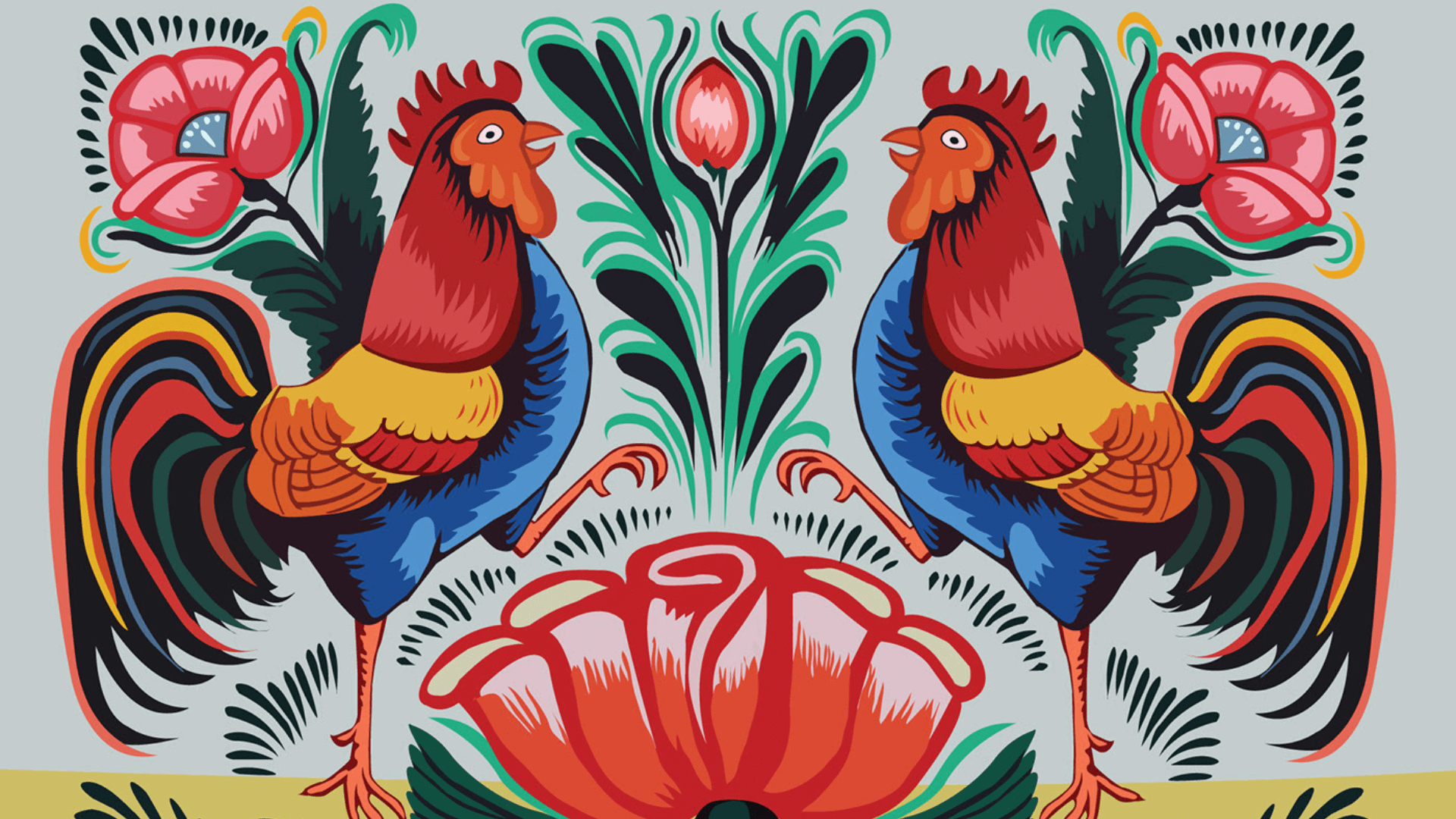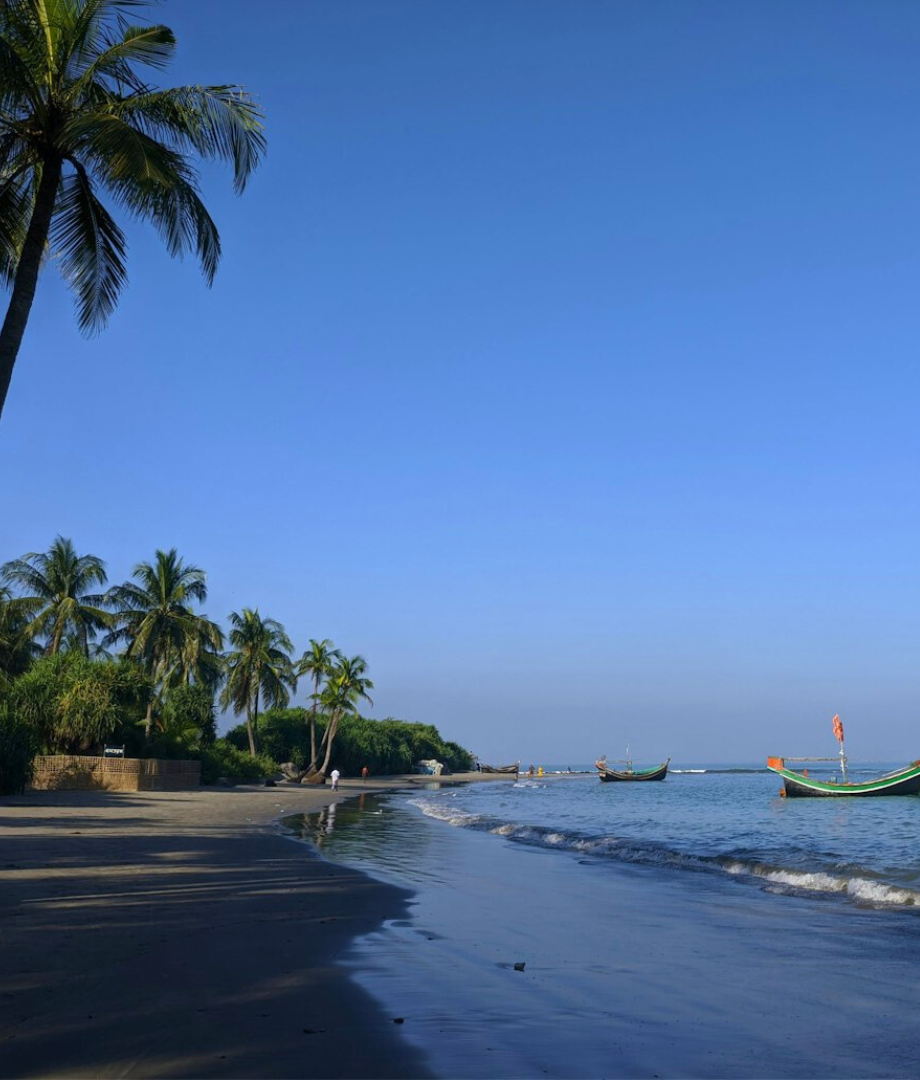Beginning of artistic paintings on rickshaw
If you ask somebody “name three things, if you try to picture Dhaka” I’m sure one of them would be Rickshaw. Rickshaws are human-propelled mode of transport with three wheels for carrying both passengers and goods. Two person can easily accommodate but it’s a common scenario that a family of four traveling comfortably around the city.
In our country Rickshaw is one of the most important mode of transport used by the masses and more importantly it is a means of living for more than a million of people and their families as around 19.6 million people rely directly/indirectly on rickshaw pulling. This not only benefits the puller and the passenger but also helps small businesses of the repairers, owners, makers, painters, shopkeepers selling cycle parts and also the tea/food stalls whose main consumers are rickshaw pullers.
Rickshaw came into use in Dhaka from 1938, back then only six rickshaws were on street but increased in number in 1941. Initially rickshaws were undecorated but around late 1940s rickshaw painting was noticed and faces of movie stars began to appear as decorative motifs along with various floral designs. Later in 1950’s all conceivable parts of the rickshaws were seen painted. With time Dhaka city became known to all as the city of rickshaws with approximately 1/2 million rickshaws according to current date.
Rickshaw painting is an essential part of rickshaws. This painting is a unique form of urban folk art which spreads joy around the city with its vibrant colours and designs. We can call this a conventional art since this is in fashion since a very long time now and has effectively obtained the trait of traditionalism by the prolonged use of it. This living custom will survive until this ride is completely disposed of as a form of transport due to the pressure of modern technology and new inventions.
Rickshaw art is considered as ‘street art’ as because this is only visible when you’re literally on the streets. In fact the best way to have a view is to take a breezy rickshaw ride yourself which we all love and be taken around the roads, alleyways and labyrinths of new and old Dhaka where a living, moving, changing, live art gallery will surround you. The artworks on the rickshaws are very dynamic, and the vehicles are decorated with vibrant tassels, tinsel, plastic flowers and artwork. The themes of the art vary, but they are often inspired by popular culture so it’s not uncommon to see images that depict film posters or famous film stars as well as iconic images of rural life, prominent people, architecture, national monuments, animals, moments of history, flowers and fauna. This is what is generally referred as the traditional rickshaw painting.
Most of us are very fond of this fascinating ride since childhood and the vivid rickshaw painting. Every individual painting reflects the story of our country and their people. The brilliance of rickshaw painting lies in its innocence and in the manifestation of imaginative power.
Call us insane however in some cases we want to cover the entire city with rickshaw painting. Imagine how hypnotizing and mesmerizing it would be to live in a city that bright and splendid.










